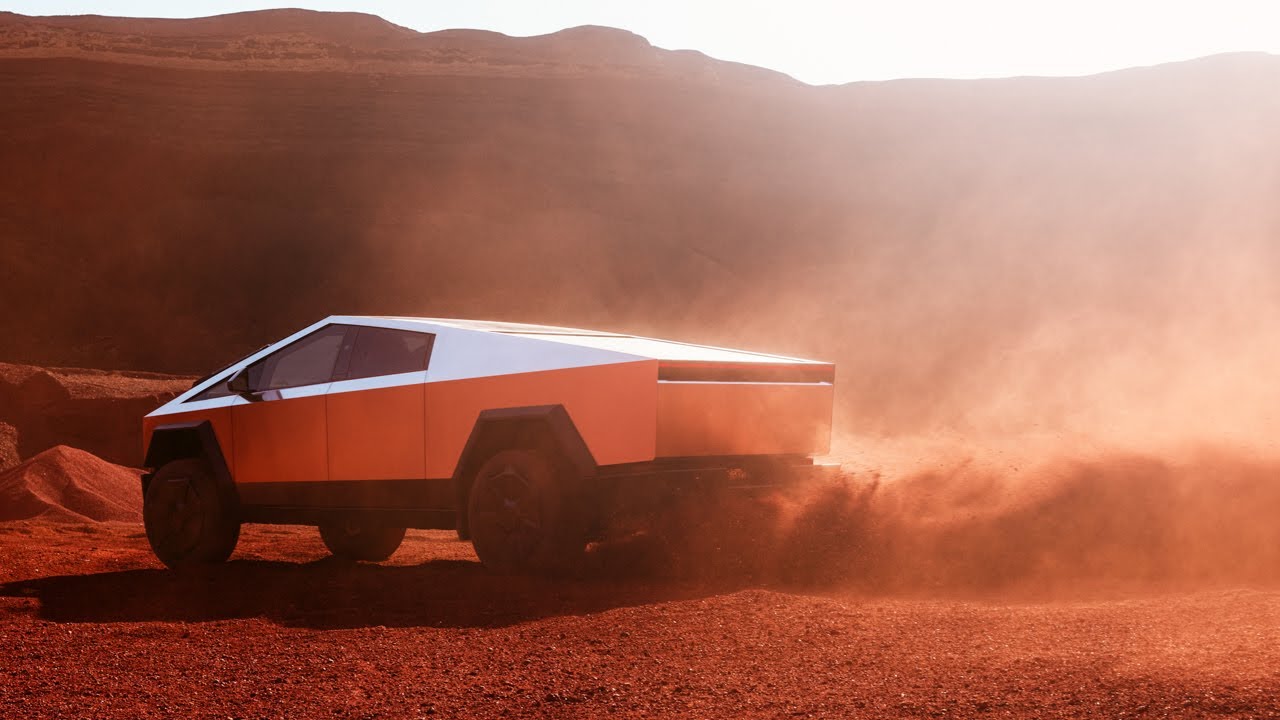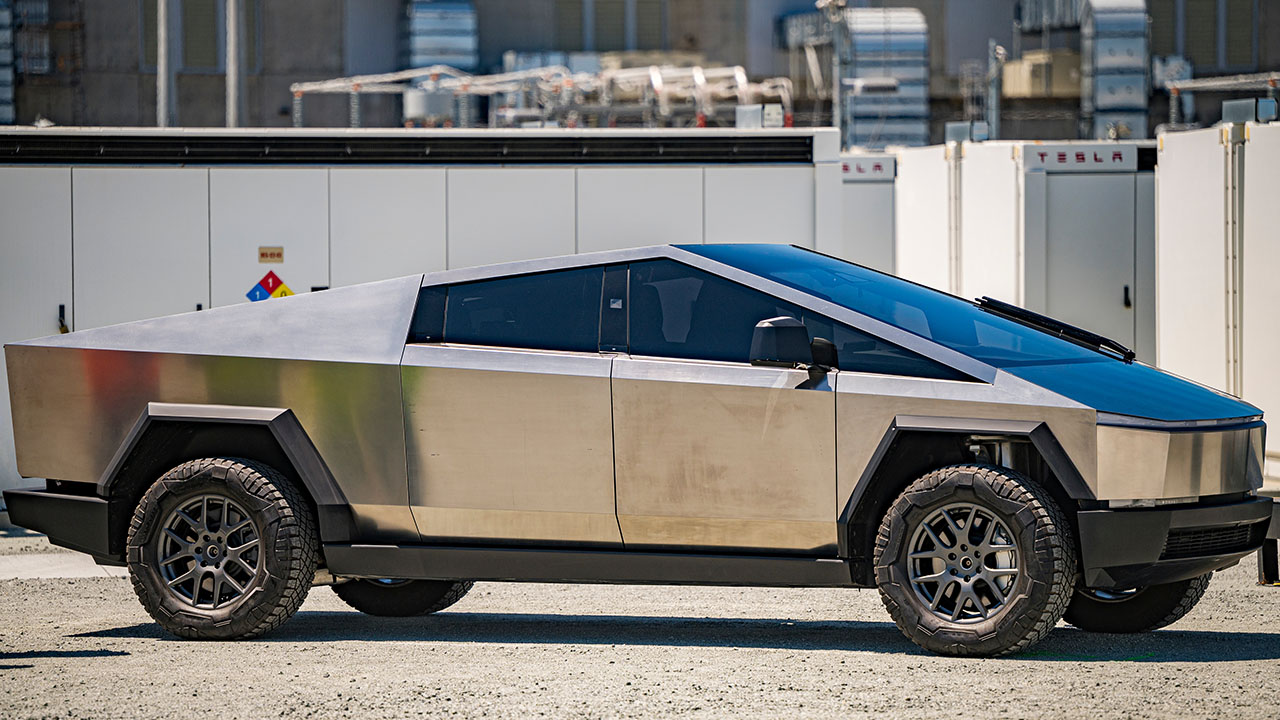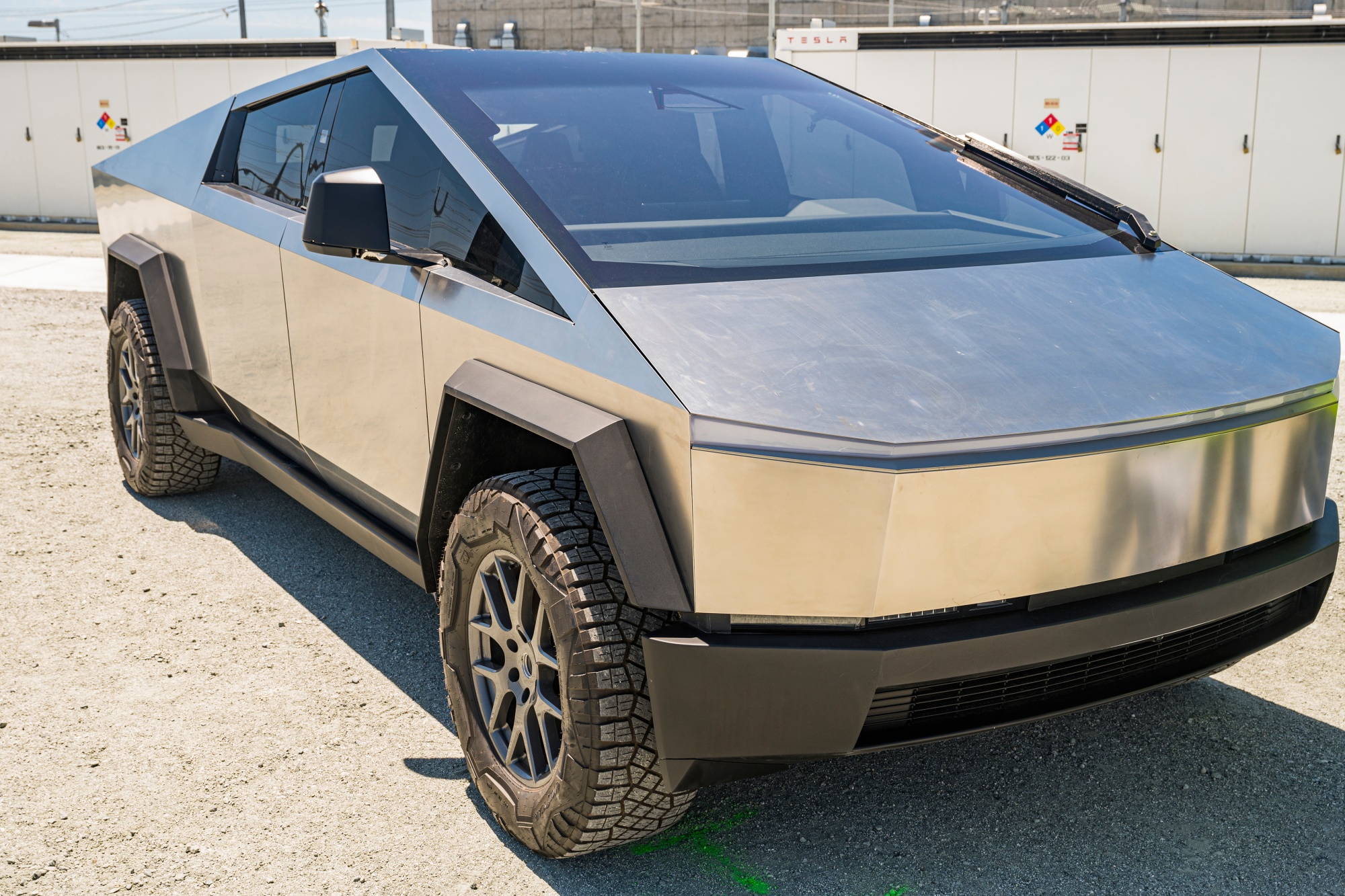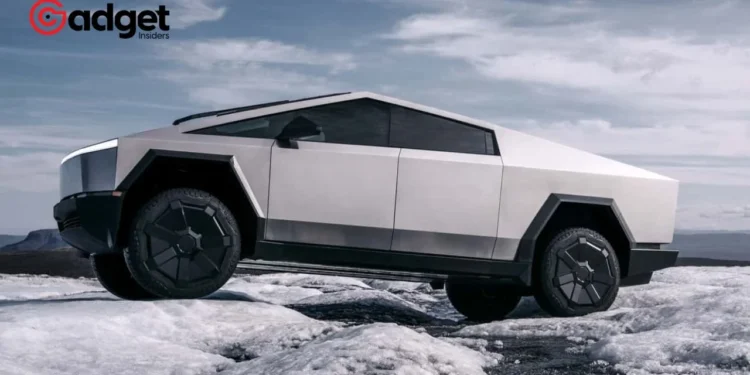In an era where automotive innovation is skyrocketing, Tesla’s Cybertruck is taking the spotlight, challenging traditional perceptions of what a pickup truck can endure. A recent event at the Vegas Auto Gallery turned heads when attendees were invited to test the truck’s resilience by swinging baseball bats at its body. Surprisingly, the Cybertruck emerged unscathed, sparking widespread intrigue and admiration.

A Testament to Durability
Elon Musk, Tesla’s visionary CEO, has consistently highlighted CyberTrust’s robustness, positioning it as a fusion of utility and high performance akin to sports cars. Despite a hiccup during its 2019 debut, where its windows were unexpectedly shattered, the latest demonstration showcased its remarkable durability.
Video footage from the event depicted multiple individuals attempting to inflict damage on the CyberTracker, only to find their efforts futile, with the baseball bat bending instead. This spectacle has fueled discussions across social media platforms, with many expressing astonishment at the vehicle’s resilience.

Cybertruck: Beyond the Bat Test
However, the narrative surrounding the Cybertruck extends beyond its resistance to baseball bats. Recent reports have highlighted various facets of the vehicle, including a crash incident that illustrated its safety features, criticisms regarding its windshield wiper efficiency, and debates over its trunk space and spare tire accommodation.
Each of these instances contributes to a complex picture of the car, reflecting both its pioneering attributes and areas ripe for refinement.
The Windshield Wiper Conundrum
One point of contention has been the Cybertruck’s singular, large windshield wiper, which has been criticized for insufficient coverage. Elon Musk himself acknowledged the challenge, suggesting the ideal solution would be a deployable wiper that retracts when not in use.
This issue underscores the balancing act between innovative design and practical functionality, a theme recurrent in Tesla’s approach to vehicle manufacturing.
Cybertruck owner rear ended a car out front at low speed.
Damage may look bad, but should be an easy fix. Everything damaged looks to be a simple bolt on/off, since no painting & blending is needed. (Benefit of being SS) pic.twitter.com/1bOOBBvAxa
— Nic Cruz Patane (@niccruzpatane) March 8, 2024
Crash Resilience and Interior Space Challenges
Moreover, a head-on collision involving the Cybertruck highlighted its protective capabilities, as the Tesla vehicle sustained minimal damage compared to the other car involved. This incident served as a testament to its safety features, although it also sparked curiosity about the extent of damage not visible in shared images.
Conversely, critiques have emerged regarding the Cybertruck’s trunk space and lack of provision for a spare tire. Some owners and enthusiasts argue that these oversights could limit the vehicle’s utility for activities such as camping or off-road adventures, areas where traditional trucks have excelled.

The Road Ahead for Tesla’s Cybertruck
As Tesla continues to refine the Cybertruck, feedback from the community is invaluable for addressing these challenges. The dialogue surrounding the vehicle’s design and functionality is emblematic of the broader conversation on the future of electric vehicles.
As we advance, the Cybertruck stands as a bold statement on durability, safety, and the potential for electric vehicles to redefine automotive standards. Yet, it also serves as a reminder that innovation is a journey of continuous improvement, shaped by real-world experiences and consumer insights.
In sum, Tesla’s Cybertruck is not just a testament to engineering prowess but also a catalyst for discussion on what the future of transportation should look like. As it moves from a viral sensation to a road-ready vehicle, the Cybertruck promises to be a fascinating chapter in the ongoing evolution of the automotive industry.










